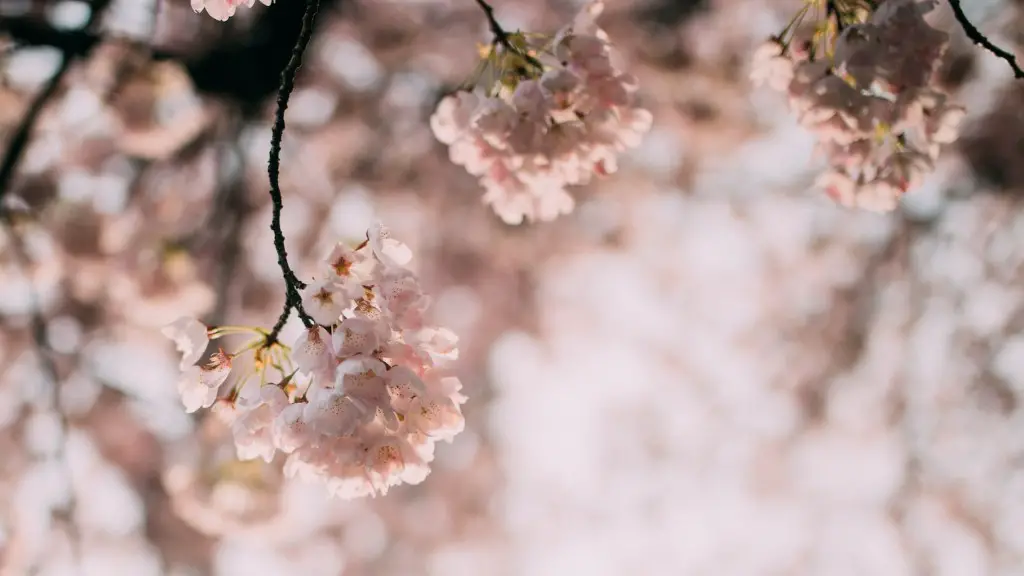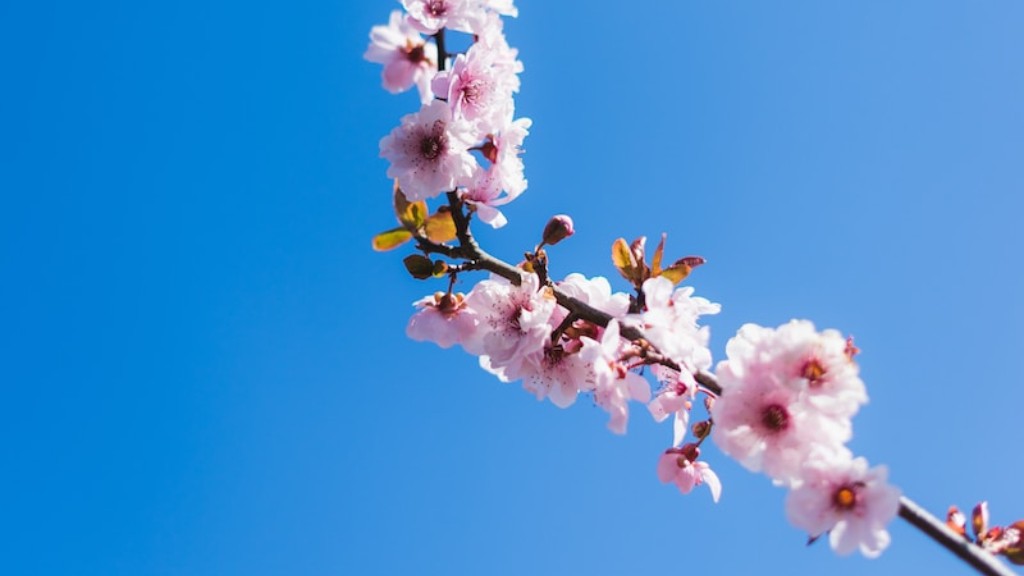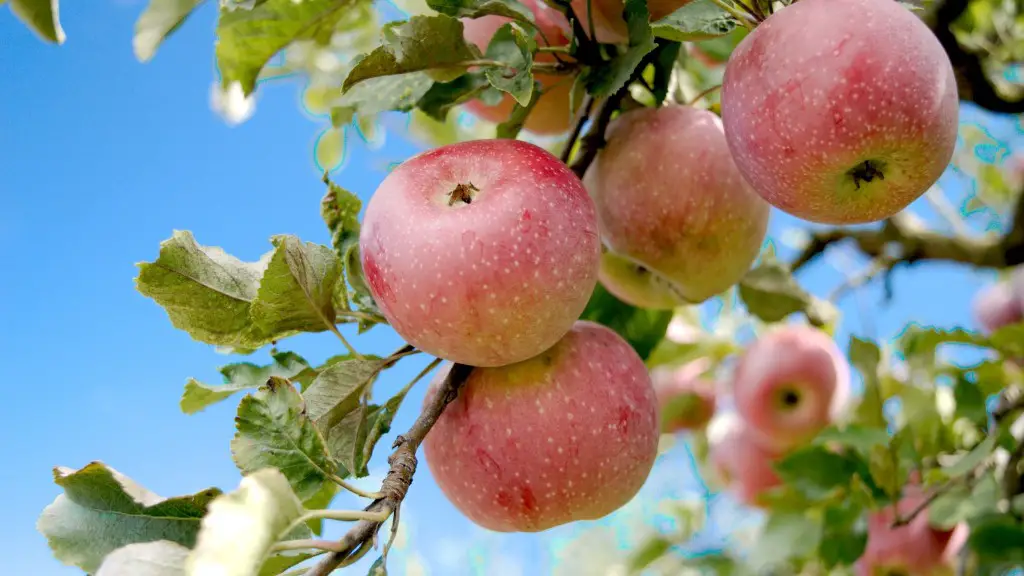Attention to Detail Matters
Yoshino flowering cherry trees are beautiful and captivating when professionally pruned and cared for. The right pruning technique can give your cherry trees the perfect look and help them to reach their fullest potential. However, the pruning of these trees is a delicate process that should not be taken lightly. If not done correctly, the result can be disastrous. Therefore, here are some tips to help you prune your Yoshino flowering cherry trees correctly and healthily.
Know When to Prune
One of the most important things to keep in mind when pruning these trees is to do so at the right time of the year. The best and safest time for pruning your Yoshino flowering cherry trees is during the dormant period at the end of the winter or the very beginning of the spring. During this period, the tree has finished flowering, and the growth and leaf production are minimal. This allows for an easy and effective pruning, as there is no danger of damaging or interfering with the development of the tree. Pruning during other times of the year might damage new shoots, harm the bloom of the flowers, and reduce the general health of the tree.
Choosing the Right Tools
Using the right tools is also essential for a successful and safe pruning. High quality and properly maintained pruning tools should always be used to make precise and clean cuts. These tools should also cause the minimum possible disturbance to the trees, as any disruption can have serious consequences. For small branches of up to one inch thick, small nicked shears are highly recommended. For larger branches, lopping shears or pruning saws might be more suitable.
Look for Damage
Before pruning, it is important to look for signs of damage, disease or pest damage on the tree. It is best to remove or prune away any branches that show such signs, as this will help the tree remain healthy and strong. When pruning away such branches, it is important to make cuts that go beyond the visible symptoms, so as to ensure that the damage does not spread to other parts of the tree.
Maintain an Open Structure
When pruning the branches of a Yoshino flowering cherry tree, it is important to maintain its open structure. This means that the branches should not be cut too close together, as this can result in overgrowth and lead to weakness. The best way to achieve this is to keep the middle of the tree open and prune away small, weak branches at the bottom and sides. This will allow air and light to reach the centre of the tree, promoting healthy growth and development.
Use the Right Angle
When pruning branches of the Yoshino flowering cherry tree, it is essential to make the cut at the right angle. These cuts should be made just outside the branch collar, which is the swollen area where the branch meets the trunk. When this angle is not respected, the tree can develop weak or awkward shapes that lead to further health issues.
Follow These Tips
Overall, pruning Yoshino flowering cherry trees correctly and carefully is essential for their health and long-term prosperity. Following the tips outlined in this article will help you avoid any possible mistakes when pruning these trees and ensure that the job is done correctly and efficiently.
Be Gentle during Pruning
Pruning is not the only task that requires care and precision when caring for a Yoshino flowering cherry tree. In general, it should be handled with gentleness and care. This means avoiding any unnecessary shocks or vibrations, such as loud noises, knocking against the tree’s bark or doing too much at once. These can all have a negative impact on the health and wellbeing of the tree, and must be avoided.
Remove Dead or Diseased Branches
It is also important to regularly remove dead or diseased branches from your Yoshino flowering cherry tree, as these can cause serious damage if left untreated. Removal should be done carefully and efficiently, making sure to cut beyond the symptoms to prevent the disease or damage from spreading. After pruning, be sure to clean and disinfect all of the tools used. This will ensure that any infection does not spread to other branches or trees.
Provide Support and Protection for New Growth
Finally, once pruning is complete, it is essential to provide the tree with proper support and protection. This may include mulching, staking and tying of branches where necessary. It is also important to keep the base of the tree clear of any weeds or debris, as this can interfere with the uptake of water and nutrients.
Fertilize the Tree Regularly
Yoshino flowering cherry trees also require regular fertilization, as this will help them maintain their health and vigour. When choosing a fertilizer for these trees, opt for a slow release, high-nitrogen fertilizer that is specifically designed for flowering trees. This will provide the tree with the nutrients it needs to grow strong and healthy. It is best to fertilize the tree three times a year, during the spring, summer and fall months.
Protect the Tree from Pests
Pests can be a major problem for Yoshino flowering cherry trees. When pruning, it is important to keep an eye out for signs of pest activity and to remove any infested branches or shoots. To control and prevent pests, it is important to use natural methods, such as manual removal, ultrasonic and vibration deterrents, insecticidal soaps and oils, and insect traps and barriers.
Introduce Other Flowering Trees Nearby
One of the best ways to ensure the health and wellbeing of your Yoshino flowering cherry tree is to introduce other flowering trees nearby. Not only will this help to maintain the health of the tree, it will also create a more vibrant and captivating landscape. Good trees to introduce are canola, hybrid or weeping cherry, magnolia and dogwood trees.
Water the Tree Properly
Finally, Yoshino flowering cherry trees require proper watering to thrive. During the summer months, a deep watering once a week is typically sufficient, while in the rest of the year, a more moderate and frequent watering regime should be adopted. Mulching can also help to retain moisture and protect the root system. It is important to keep an eye out for signs of overwatering or underwatering, as either can be damaging to the tree.



